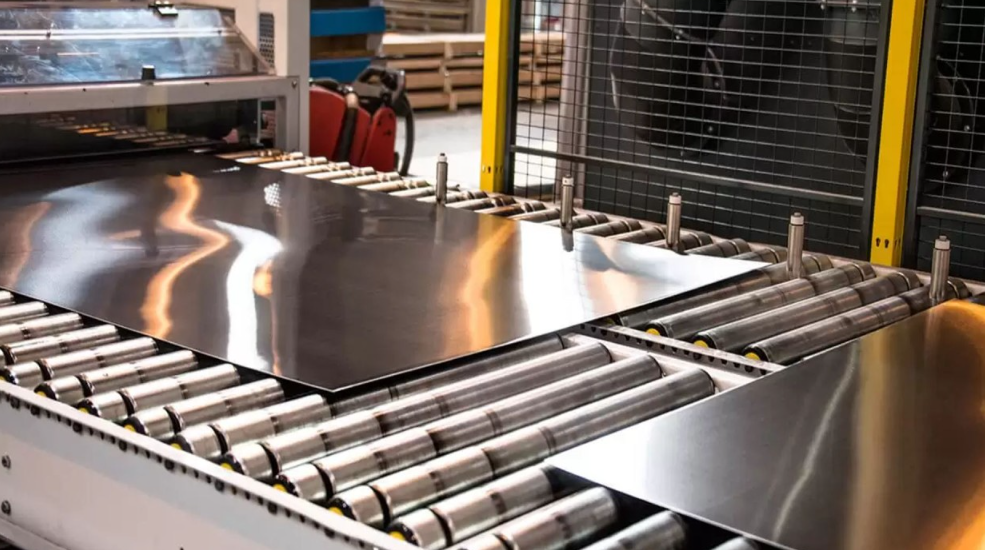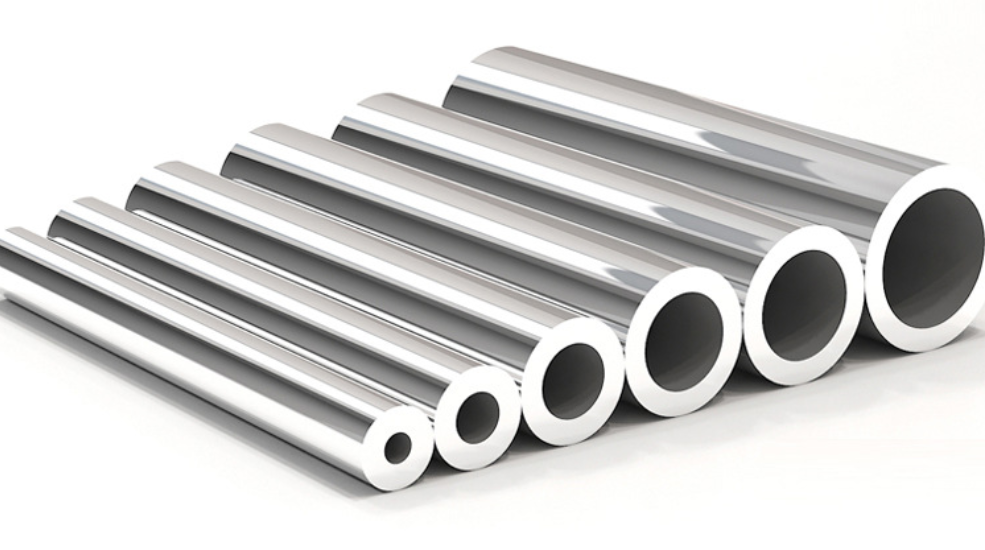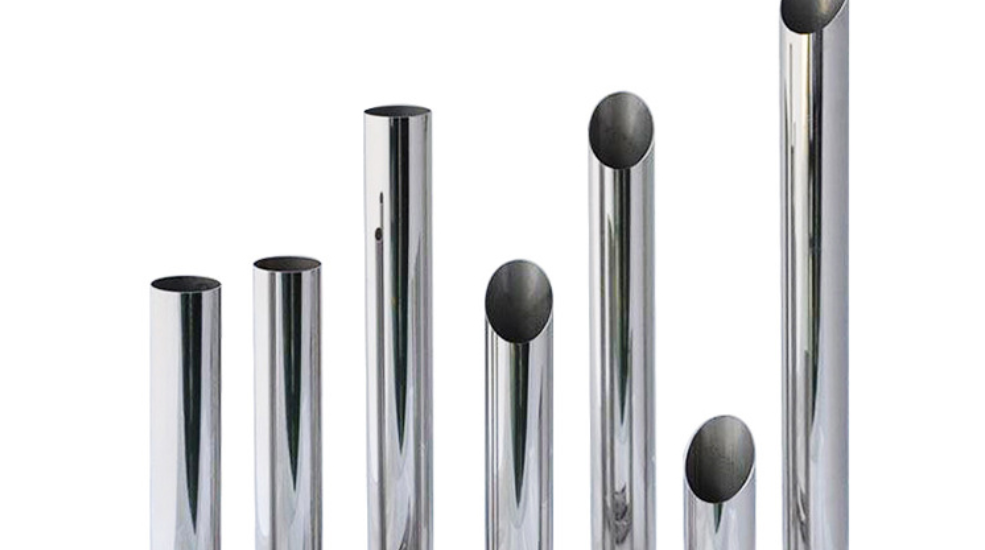
When it comes to selecting the right stainless steel pipe for your project, choosing between 904L and 310S can be a tough decision.
Both materials have unique properties and advantages, but it is important to understand the differences between them to make a well-informed choice.
904L stainless steel is an austenitic stainless steel with a low carbon content.

310S stainless steel is another popular choice for high-temperature applications.

| Requirement | Best Choice |
| Corrosion resistance (acids, chlorides) | 904L |
| High-temperature applications (above 1000°C) | 310S |
| Seawater and marine exposure | 904L |
| Oxidation resistance in high heat | 310S |
| Budget-friendly solution | 310S |
| Chemical processing & industrial applications | 904L |

By understanding the differences between 904L and 310S, you can choose the best material based on your specific needs. If you need any customization or professional assistance, please contact us, and we will provide expert advice!